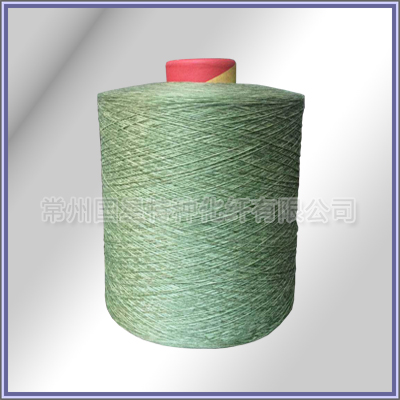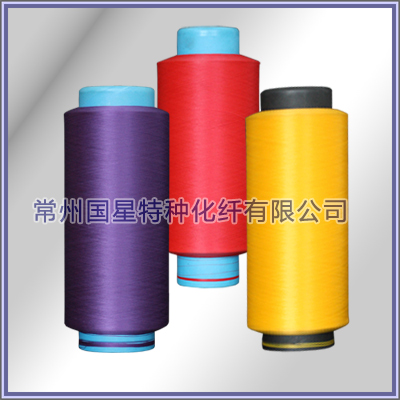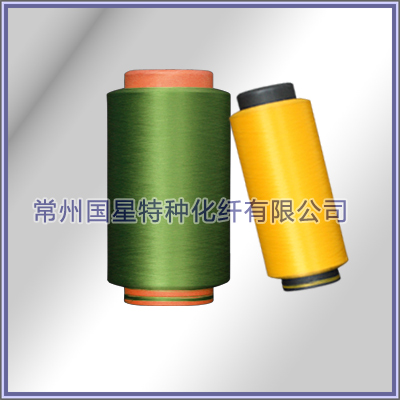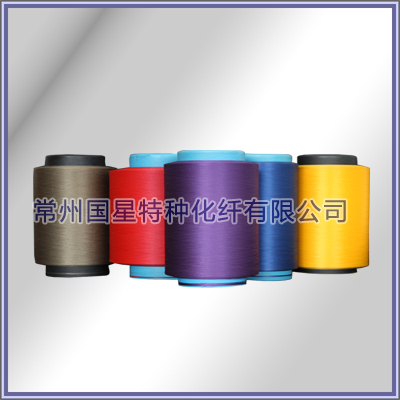From the beginning of 2018, the International Organization for the Protection of the Environment released the latest version of STANDARD100byOEKO-TEX, which updated the existing product certification testing standards and limit values. The standard will come into force on April 1, 2018 after the three-month transition period.
Other chemical residues in the leather standard add bisphenol A and aromatic amine anilines and limit values; quinoline and phenol will be "monitored." 100 Other bisphenol A, phenol, and aniline grades are added to other chemical residues in the Standard, with pentyl and heptylphenols incorporated into the Residual Surfactant Wetting Agent project. Alkylphenols and alkylphenol polyoxyethylene The limit value of ether remains unchanged. It also increases the detection of azo dyes and the identification of GMO components in organic cotton products and reduces the SCCP and OPP limits. Water fastness requirements in product class I (for textiles used for infants and children under 3 years of age) have increased from the previous "Grade 3" to "Grade 3-4". At present, many large-scale buyers in Europe and America regard the Oeko-TexStandard100 standard as the technical basis for product purchasing. The eco-textile market with Oeko-TexStandard100 certificate has obvious advantages. The Oeko-Tex standard certification can effectively avoid the trade barriers between the EU and North America, Help China make smooth landing in Europe and the United States high-end market.
Shaoxing is an influential gathering place for the textile industry in the world. However, the local textile and garment enterprises mainly focus on middle and low-end textile products, and the number of sales is the primary consideration. They also need to be constantly added in the certification and quality improvement of textile eco-security Pay attention. Inspection and quarantine departments suggest that the relevant enterprises on the one hand to keep abreast of various types of textile standards requirements, self-examination of raw materials and production processes to strengthen product safety and quality checks to avoid trade and technological barriers suffered losses; the other hand can also actively participate in various standards Certification to fight for the international market pass to ensure the safety of textile products to enter the international market and improve product added value and technical content for the company to lay the cornerstone of good long-term development.

 +86-519-86266888
+86-519-86266888 gxhx888@126.com
gxhx888@126.com



